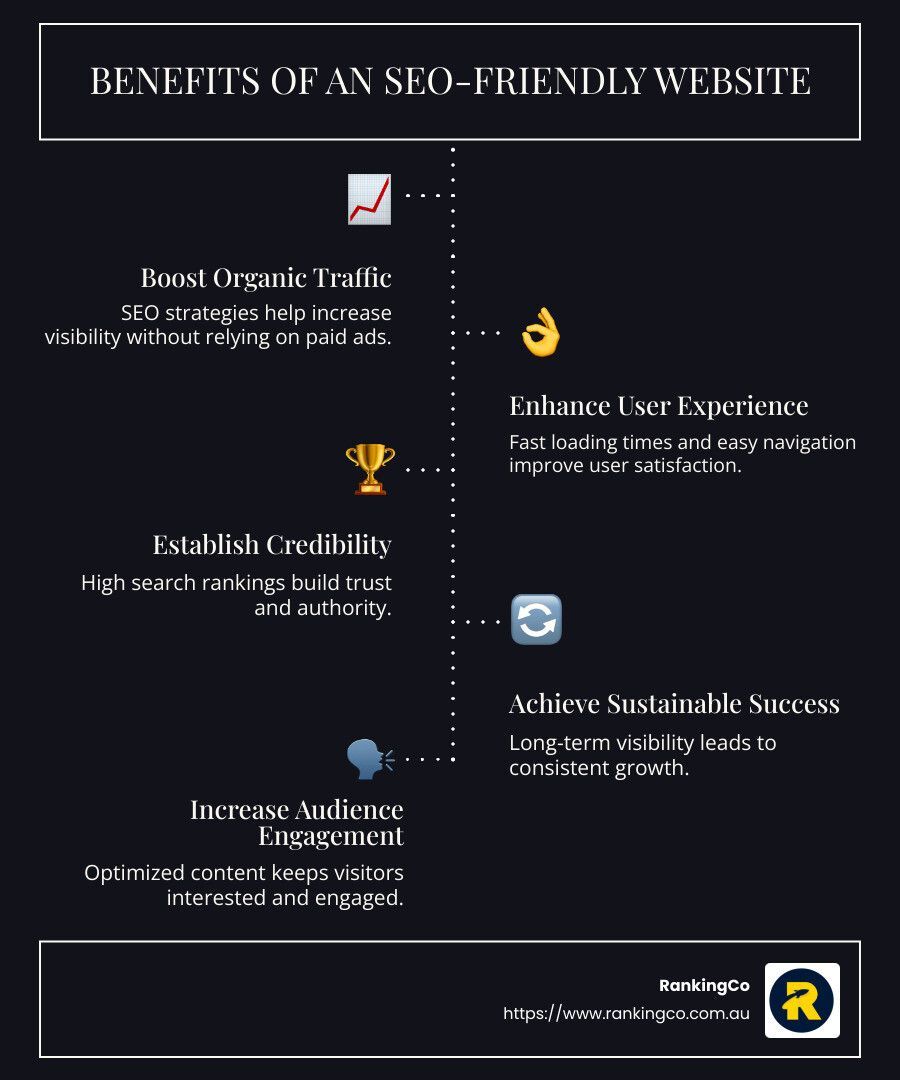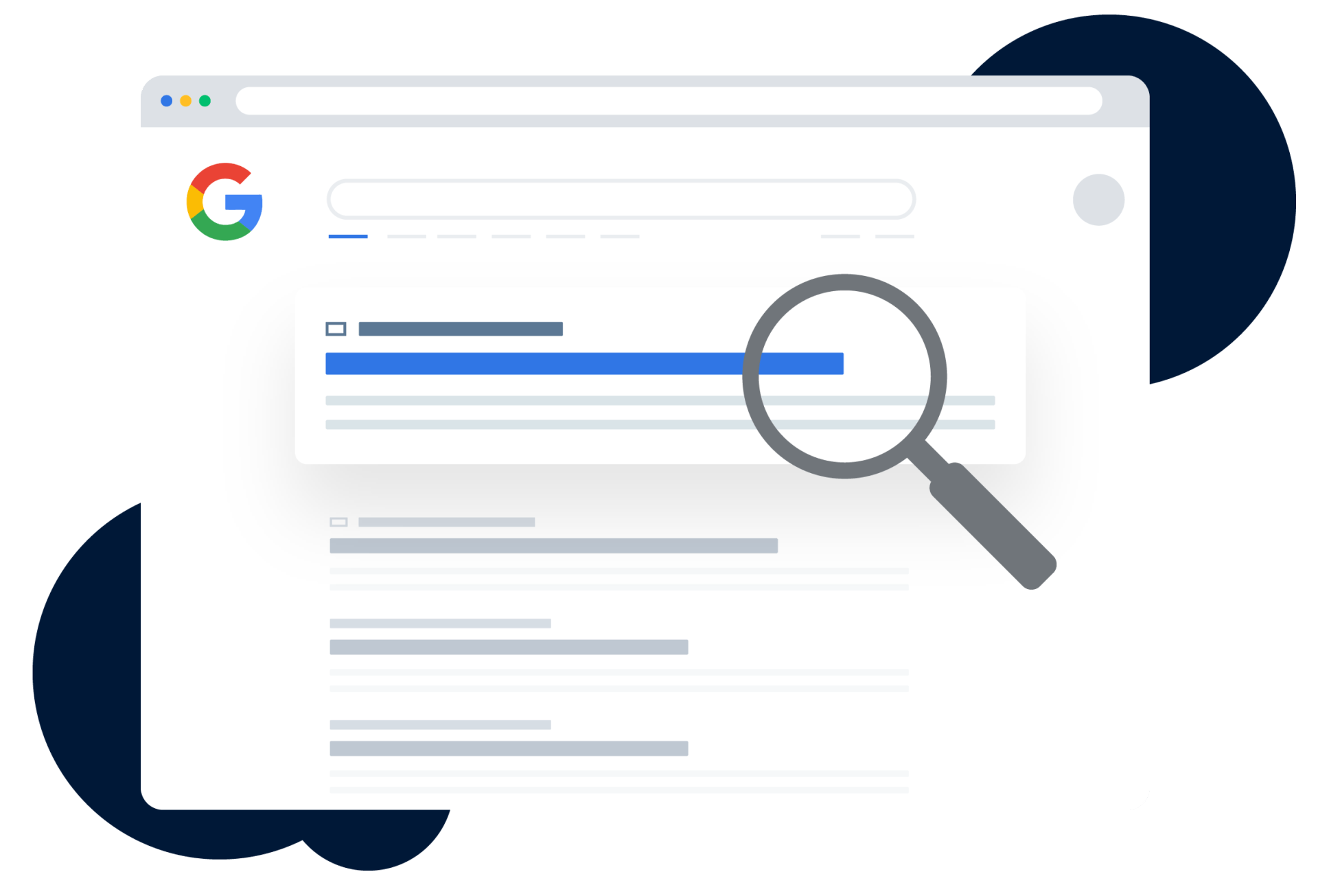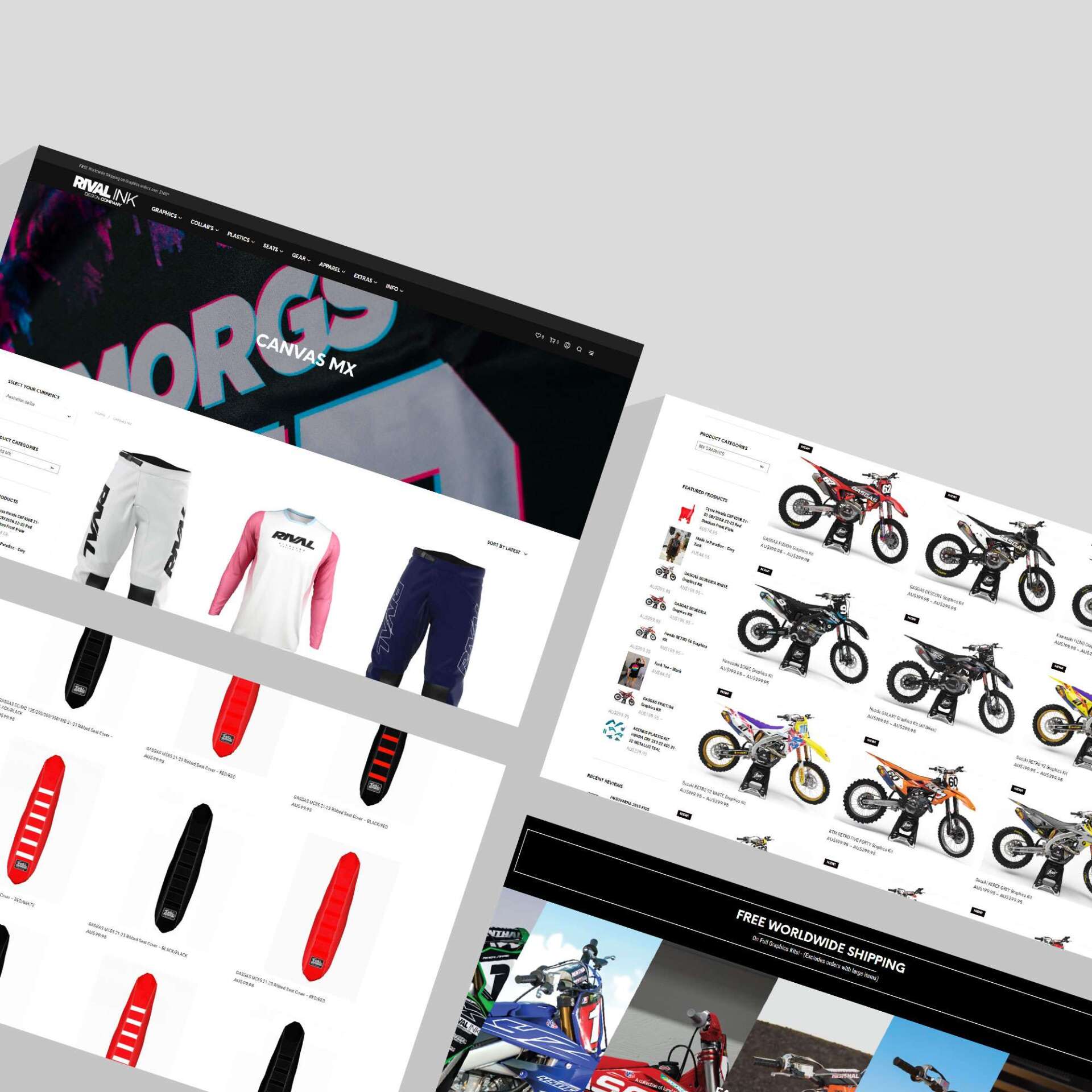SEO-Friendly Websites: Your Blueprint for Success

SEO friendly website is no longer just a buzzword; it is essential for any business wanting to thrive online. For those wondering what this entails, here's the quick answer:
- Boost Your Organic Traffic: SEO helps you get more visitors without paying for ads.
- Improve User Experience: An SEO-friendly website is designed to be easy to steer and quick to load.
- Establish Credibility: Ranking high on search engines improves your site's trustworthiness.
Making your website SEO-friendly is crucial in today’s competitive digital landscape. With 68% of online experiences beginning with a search engine, an optimised website is your ticket to gaining more visibility and engaging your audience better. Increased organic growth and improved user experience are not just benefits—they are necessities for sustainable success online.
I'm Amber Porter, Co-founder of RankingCo, where we help businesses like yours harness the power of SEO friendly website strategies. With years of digital marketing expertise, I've seen first-hand how an effective SEO strategy can transform small business visibility and drive growth.

What is an SEO-Friendly Website?
An SEO-friendly website is one that is designed to be easily understood and indexed by search engines while providing an engaging experience for users. Let's break this down into three crucial aspects: SEO definition, search engine indexing, and user engagement.
SEO Definition
Search Engine Optimization (SEO) is the practice of enhancing a website to improve its visibility on search engines like Google. The goal is to appear higher in the search results, leading to more organic traffic. SEO involves various techniques, from keyword integration to technical optimizations, all aimed at making your site more attractive to search engines.
Search Engine Indexing
For a website to be visible on search engines, it must first be indexed. Search engine indexing is the process by which search engines like Google find, analyze, and store a website's pages. An SEO-friendly website makes it easy for search engines to crawl and understand its content.
- Clean URL Structure: URLs should be simple and descriptive, helping search engines know what the page is about. For example, a URL like www.example.com/seo-tips is clear and concise.
- Meta Tags and Descriptions: These provide search engines with a summary of what each page contains. Well-crafted meta descriptions can improve click-through rates by enticing users to visit the site.
- Sitemap: A sitemap acts like a roadmap for search engines, guiding them to all the important pages on your site.
User Engagement
While getting indexed is essential, keeping visitors engaged is equally important. An SEO-friendly website is not just about pleasing search engines but also about providing a great user experience.
- Fast Loading Speed: Pages that load quickly are more likely to keep visitors on your site. A slow website can lead to high bounce rates, negatively impacting both user satisfaction and search rankings.
- Mobile-Friendliness: With a significant amount of web traffic coming from mobile devices, having a responsive design ensures a seamless experience across all devices.
- Quality Content: Engaging and relevant content keeps users on your site longer, increasing the chances of conversions. Plus, search engines favor content that provides value to users.
Incorporating these elements into your website not only boosts its SEO performance but also improves the overall user experience. By focusing on both search engine requirements and user needs, you create a balanced approach that drives sustainable online success.
Key Elements of an SEO-Friendly Website
Creating an SEO-friendly website involves several key elements that work together to improve visibility, improve user experience, and boost search engine rankings. Let's explore these elements in detail:
Keywords
Keywords are the foundation of SEO. They are the terms and phrases that potential visitors use to search for information online. Incorporating relevant keywords naturally throughout your content helps search engines understand what your pages are about.
- Search Traffic Potential: Choose keywords with high search volume but low competition to maximize traffic potential. Tools like Google Keyword Planner can help identify these.
- Search Intent: Ensure your content aligns with the intent behind the keywords. Whether users are looking to learn, buy, or steer, your content should meet their needs.
Mobile-Friendliness
With more people using mobile devices to access the internet, having a mobile-friendly website is crucial. Google prioritizes mobile-first indexing, meaning it primarily uses the mobile version of a site for ranking and indexing.
- Responsive Design: Ensure your site adapts to different screen sizes and resolutions. This improves usability and keeps users engaged.
- Finger-Friendly Elements: Design with mobile users in mind by using large, easy-to-tap buttons and sufficient spacing between clickable items.
Loading Speed
Fast loading times are essential for keeping users on your site and improving search rankings. A slow website can lead to high bounce rates and reduced user satisfaction.
- Optimize Images: Compress images to reduce load times without sacrificing quality.
- Minimize Code: Reduce the size of CSS, JavaScript, and HTML files to speed up page loading.
Internal Links
Internal links connect different pages on your website, helping both users and search engines steer your content. They distribute page authority and can improve the overall SEO performance of your site.
- Logical Linking Structure: Use internal links to guide users to related content, enhancing their experience and keeping them on your site longer.
- Anchor Text: Use descriptive text for your links to give users and search engines context about the linked page.
HTTPS
Security is a top priority for both users and search engines. HTTPS encrypts data between the user's browser and your server, ensuring a secure connection.
- SSL Certificate: Obtain and install an SSL certificate to switch your site from HTTP to HTTPS. This not only secures your site but can also improve your search rankings, as Google favors secure sites.
By integrating these elements, you create a robust SEO-friendly website that meets the needs of both search engines and users. This balanced approach is key to achieving long-term success in the digital landscape.
How to Create an SEO-Friendly Website
Creating an SEO-friendly website involves several strategic steps that focus on both content and technical aspects. Here’s how you can ensure your site stands out in search engine results:
SEO Strategies
To boost your website’s visibility, start by implementing effective SEO strategies. These include understanding your audience's search intent and tailoring your content to meet their needs. Regularly update your strategies to align with search engine algorithm changes.
Content Optimisation
Content is king in SEO. Ensure your content is relevant, valuable, and well-organised.
- Keyword Integration: Use tools like Google Trends to identify popular keywords and incorporate them naturally. Avoid keyword stuffing, as it can harm readability and user experience.
- Engaging Content: Write clear, engaging content that answers user queries. Use bullet points and short paragraphs to improve readability.
Image Optimisation
Images can significantly impact your site’s loading speed and SEO ranking.
- Descriptive File Names: Name your images with relevant keywords to help search engines understand their content.
- Alt Text: Use descriptive alt text for each image. This not only aids SEO but also makes your site more accessible to users with visual impairments.
- Compression: Use tools like Smush to compress images, reducing loading times without losing quality.
URL Structure
A clean and logical URL structure is crucial for SEO.
- Short and Descriptive URLs: Keep URLs concise and relevant to the page content. For example, use www.example.com/seo-tips instead of long, complex strings.
- Keyword Inclusion: Include target keywords naturally in your URLs to improve search engine understanding.
Header Tags
Header tags (H1, H2, H3, etc.) provide structure to your content and help search engines understand the hierarchy of information.
- Use of H1 Tags: Each page should have one H1 tag, typically the title, containing the main keyword.
- Subheadings with H2 and H3 Tags: Break down content into sections with H2 and H3 tags. This not only improves readability but also highlights key topics for search engines.
By focusing on these elements, you can create a robust SEO-friendly website that caters to both search engines and users. This comprehensive approach ensures your site is well-optimized and ready to achieve higher rankings in search results.
Top 5 Tips for Maintaining an SEO-Friendly Website
Maintaining an SEO-friendly website is an ongoing process that requires regular attention and updates. Here are the top five tips to help keep your site in tip-top shape for search engines and users alike.
Regular Updates
Keeping your website content fresh is crucial. Regular updates signal to search engines that your site is active and relevant. This doesn't mean you need new content every day, but periodically updating existing content or adding new blog posts can boost your SEO. Content should be valuable and relevant to your audience.
Google Tools
Utilise free tools from Google to keep your site optimized. Google Search Console is essential for monitoring your site's search performance. It helps you identify errors, submit sitemaps, and understand which keywords are driving traffic. Google Analytics, on the other hand, provides insights into user behavior, helping you tailor your content and strategies for better engagement.
Social Media Promotion
Promoting your content on social media can increase its visibility and drive traffic to your site. Platforms like Facebook, Instagram, and Twitter can amplify your reach. Engaging with your audience on social media not only boosts your brand's visibility but also encourages sharing, which can lead to more backlinks and better SEO performance.
Internal Linking
Internal links guide users through your site and help search engines understand the structure and importance of your content. Ensure that your important pages are linked from various parts of your site. This not only improves the user experience but also distributes page authority throughout your site, enhancing SEO.
Technical SEO
Technical SEO ensures your site is easy for search engines to crawl and index. This includes optimizing site speed, ensuring mobile-friendliness, and using HTTPS for secure connections. Regularly conduct SEO audits to identify and fix technical issues. Tools like Ahrefs Webmaster Tools can help monitor your site's health and suggest improvements.
By following these tips, you can maintain a robust SEO-friendly website that continues to perform well in search results.
Frequently Asked Questions about SEO-Friendly Websites
What is an SEO-Friendly Website?
An SEO-friendly website is designed to make it easy for search engines to understand and index its content. This involves configuring the site in a way that aligns with search engine algorithms. Key elements include clear navigation, unique meta tags, and strategic keyword placement. These features help search engines like Google and Bing comprehend the site's structure, ensuring it appears in relevant search results.
How to Check if a Website is SEO-Friendly?
To determine if a site is SEO-friendly, conduct an SEO audit. This involves reviewing several factors:
- URL Structure: Ensure URLs are short, descriptive, and contain relevant keywords. Avoid unnecessary characters and dynamic parameters.
- Mobile-Friendliness: With more users accessing websites on mobile devices, it's crucial that your site is responsive. Use tools like Google’s Mobile-Friendly Test to check how your site performs on different devices.
- Crawlability: Make sure search engines can easily crawl your site by submitting an XML sitemap and using a robots.txt file to guide crawlers.
Which Type of Website is Best for SEO?
Certain types of websites naturally lend themselves to better SEO performance:
- Blog-Style Websites: These sites frequently update content, which search engines love. Regularly posting blogs can keep your site fresh and relevant.
- Niche Focus: Websites that concentrate on a specific niche can perform well in search rankings. By focusing on a niche, you can target specific keywords and attract a dedicated audience.
- Consistent Content: Websites that consistently publish valuable and relevant content tend to rank higher. Consistency helps build trust with both users and search engines.
By understanding these aspects, you can ensure your website remains competitive in search engine rankings.
Conclusion
Creating an SEO-friendly website is not just about ticking boxes; it's about building a solid foundation for long-term success. When done right, SEO can transform your website into a powerful tool for attracting organic traffic, enhancing user experience, and boosting your online credibility.
The Benefits of SEO
SEO offers numerous benefits that can significantly impact your business. A well-optimized site can lead to increased visibility, higher search rankings, and more targeted traffic. According to research, the top result on Google gets around 32% of all clicks. This means better SEO can directly translate to more visitors and potential customers.
Moreover, SEO is cost-effective. Unlike paid ads, which require continuous investment, SEO provides sustainable growth. Once your site ranks well, it can maintain its position with regular updates and minimal costs.
A Long-Term Strategy
SEO is not a one-off task; it's a long-term strategy. Search engines frequently update their algorithms, so staying on top requires continuous effort. Regularly updating content, optimizing for new keywords, and ensuring your site remains mobile-friendly are crucial for maintaining your rankings.
At RankingCo, we understand the importance of a long-term SEO strategy. We integrate advanced AI technologies to keep pace with digital trends, ensuring our clients stay ahead in the competitive online landscape.
Why Choose RankingCo?
As a Brisbane-based digital marketing company, RankingCo specializes in helping small businesses excel in local SEO. Our expertise in targeted advertising and SEO services makes us the ideal partner for businesses looking to improve their online presence.
We believe in a holistic approach to SEO, focusing on relevance, quality, and authority. By working with us, you'll benefit from a strategy that not only boosts your search rankings but also improves your overall digital marketing efforts.
Ready to take your website to the next level? Find more about our SEO services and see how we can help you achieve your digital marketing goals.
In the changing world of SEO, staying proactive is key to long-term success. Let's build a future where your website is not just a part of the internet, but a leader in your industry.














